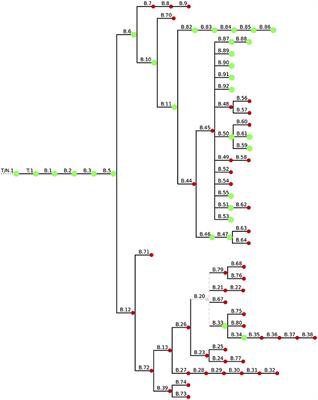ORIGINAL RESEARCH
Published on 05 Apr 2019
Cross Sectional Study and Risk Factors Analysis of Francisella tularensis in Soil Samples in Punjab Province of Pakistan
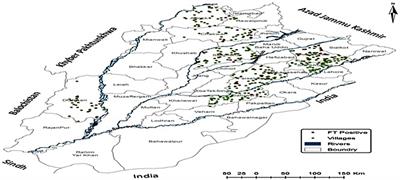
doi 10.3389/fcimb.2019.00089
- 5,086 views
- 9 citations
30k
Total downloads
118k
Total views and downloads
ORIGINAL RESEARCH
Published on 05 Apr 2019

REVIEW
Published on 31 Jul 2018
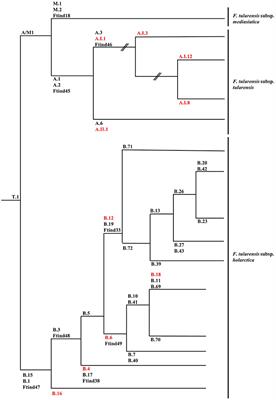
ORIGINAL RESEARCH
Published on 10 Jul 2018
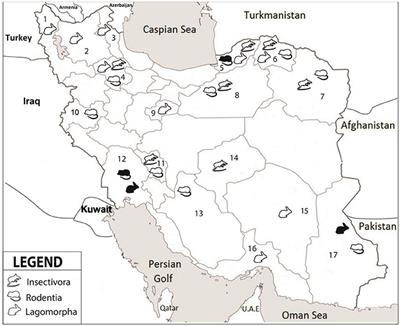
ORIGINAL RESEARCH
Published on 15 Jun 2018
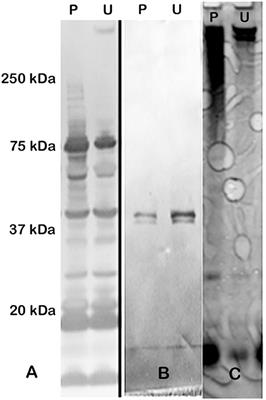
ORIGINAL RESEARCH
Published on 05 Jun 2018
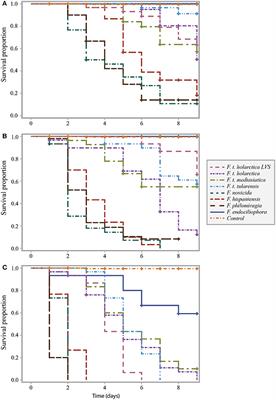
REVIEW
Published on 15 May 2018
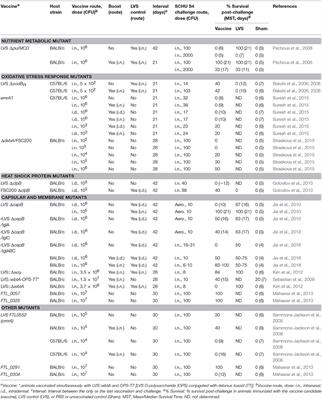
ORIGINAL RESEARCH
Published on 08 May 2018
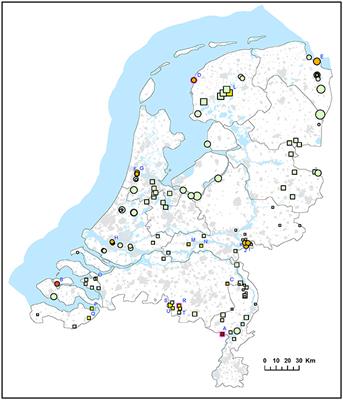
REVIEW
Published on 23 Apr 2018
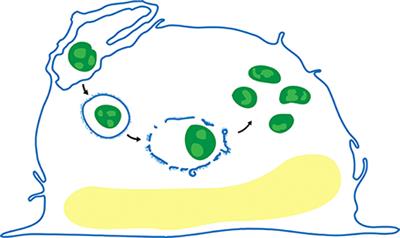
ORIGINAL RESEARCH
Published on 10 Apr 2018
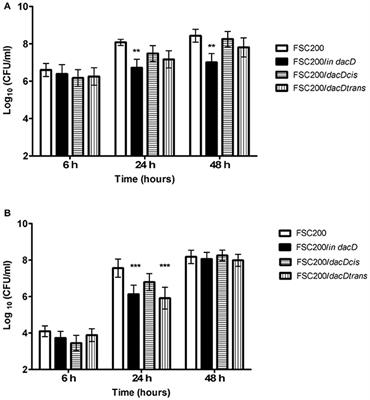
REVIEW
Published on 06 Apr 2018
ORIGINAL RESEARCH
Published on 04 Apr 2018
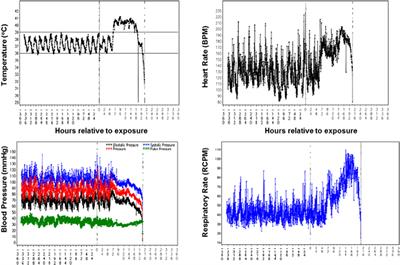
ORIGINAL RESEARCH
Published on 22 Mar 2018
